Indeed it got cold at night at Guango but with thick comforters and their water bottles, we were toasty. We would be birding that morning at Guango itself and then heading high up into the mountains, back to Papallacta Pass and up to the Cayambe Coca National Park. We were told it had snowed there the previous night, a very rare occurrence and we might be birding in snow.
Like every other morning, breakfast was early and excellent and I added some eggs to my more preferred breakfast of granola and fruit. We got down to the blind just after 6 a.m. and were greeted by numerous birds already there, most conspicuously Turquoise and Green Jays. Four Brushfinch species picked through the leaf litter and searched on the ground for their breakfast. One of the Turquoise Jays had its mind set on a Rhinoceros Beetle breakfast and we watched for several moments as it sized it up, poked at it, repositioned it, fought off another jay and then eventually grabbed it and flew off.


I saw my first Green Jay at Falcon Dam in Texas on November 29, 1975 – oh my god how can I be that old??!! Since then I have seen them 12 more times in Texas – most recently in January this year – and also in Peru. We had seen some earlier in Ecuador at Rio Quijos and the previous day at Guango, but these were the best views and the best photos. In Ecuador they are often called Inca Jays but I don’t think the species is any different. While green is definitely the dominant color, it is the blue and black and yellow that make this corvid so spectacular for me. Hard to choose a “most beautiful” between the two jays.
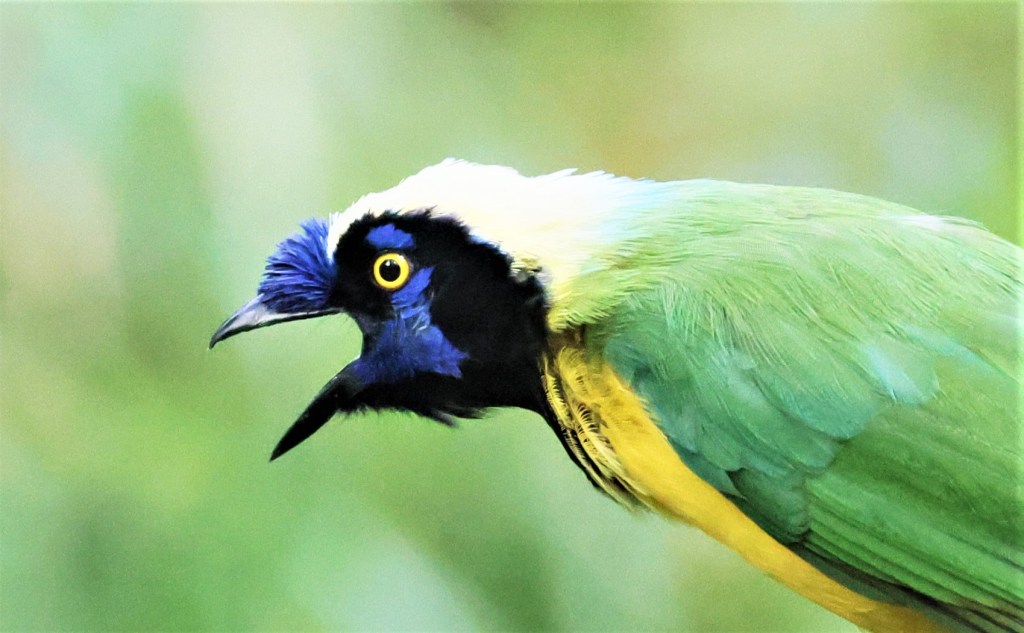


The four Brushfinches were Pale Naped, Gray Browed, Chestnut Capped and Slaty. The worst photo was of the one that was new at Guango – the Slaty Brushfinch – seen but not photographed the previous day. The one Cindy most enjoyed was the Chestnut Capped which we had seen at the beginning of our trip at Sachatamia Lodge. Its prominent white neck looks like a beard and it is often called the Santa Claus Brushfinch. As I think I may have mentioned before, the Slaty Brushfinch reminds me of a Green Tailed Towhee.

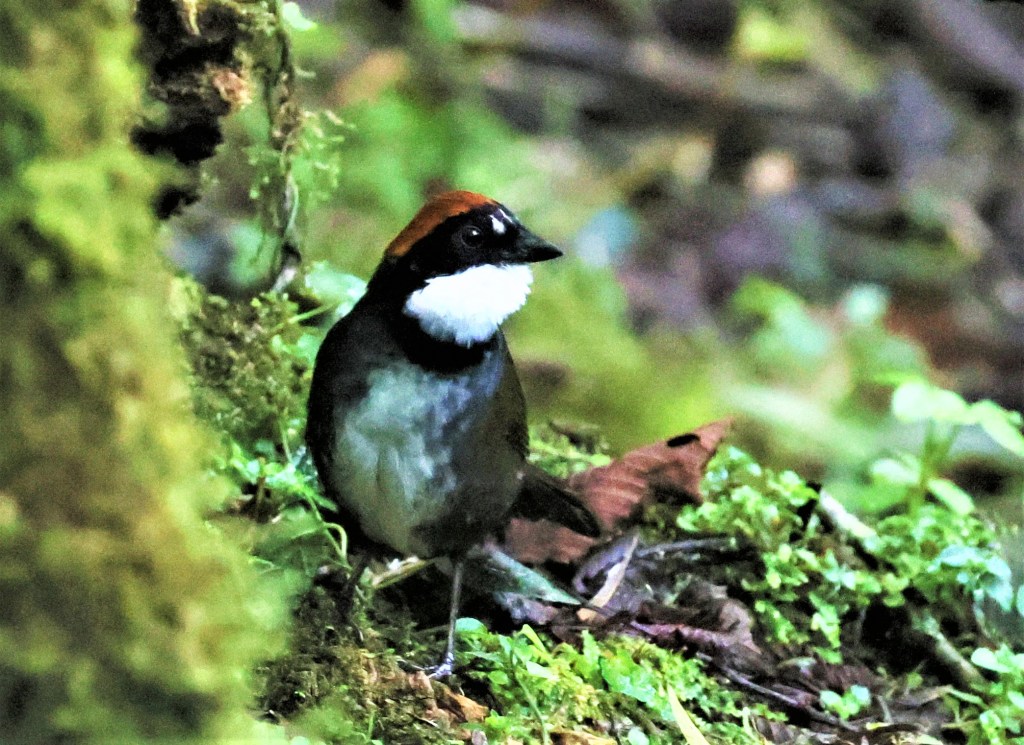

There are two groups of birds in Ecuador that include “spingus” in their names: the Chlorospinguses and the Hemispinguses. Searching the Helm Dictionary of Scientific Bird (James A Jobling, available online), I learned that “spingos” is Greek for “finch” and “khloros” for “green”. “Hemi” is Greek for “half” or “small”. Neither derivation helped me with the seemingly impossible task of identifying what we saw and since the Chlorospinguses are Bush-Tanagers which I do not believe are finches, I am perplexed. We saw two Chlorospingus and one Hemispingus species at Guango. The latter was a Black Eared Hemispingus, not a great photo but a solid ID. The Chlorospinguses were Common and Short Billed – I think. Making it even more confusing was that the Common Chlorospingus used to be called Common Bush Tanager but there still is a Gray Hooded Bush Tanager (which we also saw at Guango) which is not now called a Gray Hooded Chlorospingus. I give up. In any event I saw a Common Chlorospingus on our Oaxaca trip last November (with a photo). I had originally submitted an Ebird list for Guango with Yellow Throated Chlorospingus instead of Short Billed and included the photo shown below (not the greatest). The Ebird Reviewer said that was in error and that it is a Short Billed. Who am I to argue (especially about a species in Ecuador)? Well I am at least pretty sure they are both “spinguses”.


Watching from the blind we had good looks at both Montane and Tyrannine Woodcreepers and a Streaked Tuftedcheek all of which I had been seen before in Peru but without photos. A Rufous Spinetail was new for Ecuador and my world list but did not cooperate for a photo. My favorite bird of the morning was a Rufous Crowned Tody Flycatcher. We had seen one the previous day but could not get a photo. This very cute and sassy guy was far more cooperative.




We had seen Spectacled Redstarts at Yanacocha and I had seen them at several places in Peru, but this was my first photo. Not a great one, which surprised me since they seemed pretty much in the open, but that had been on the ground when the light had not been great and probably a case of operator error not using the best settings. This would have to do.

There would be one more good bird that morning. I don’t know if it started with Refugio Paz de las Aves training Antpittas to respond to calls and placed food, but now several lodges in Ecuador feature Antpittas that are brought in for guests. At Guango they were able to lure a Chestnut Crowned Antpitta out of hiding with a meal of worms laid out by the staff. Although seen and photographed before, I will always take the opportunity for more photos of this secretive little bird.

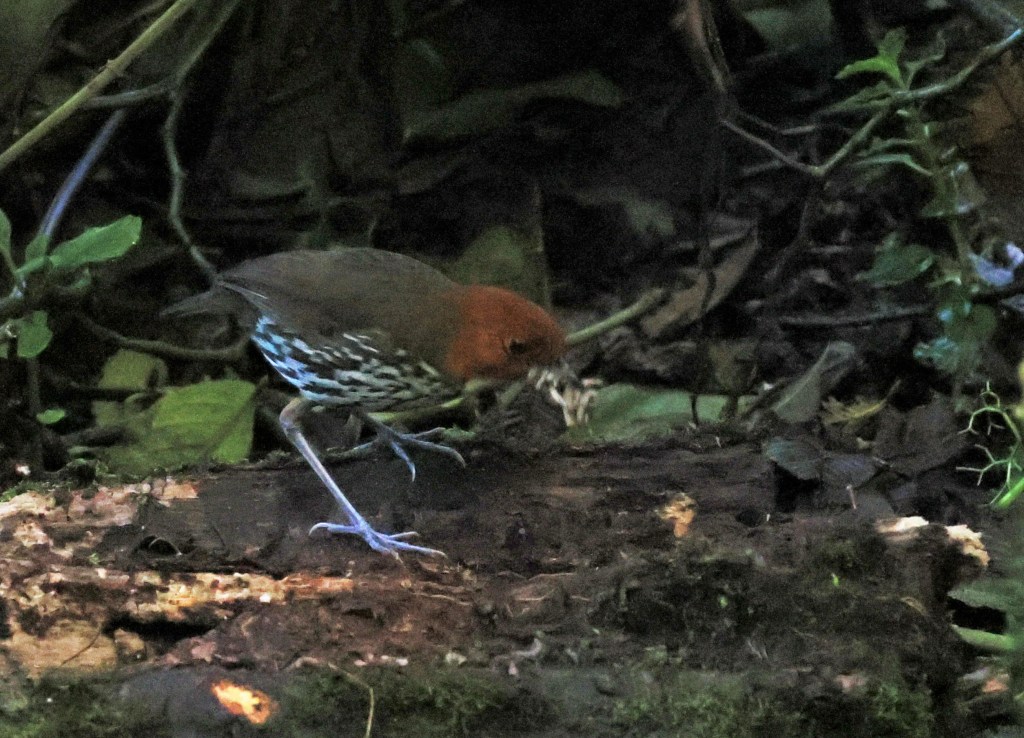
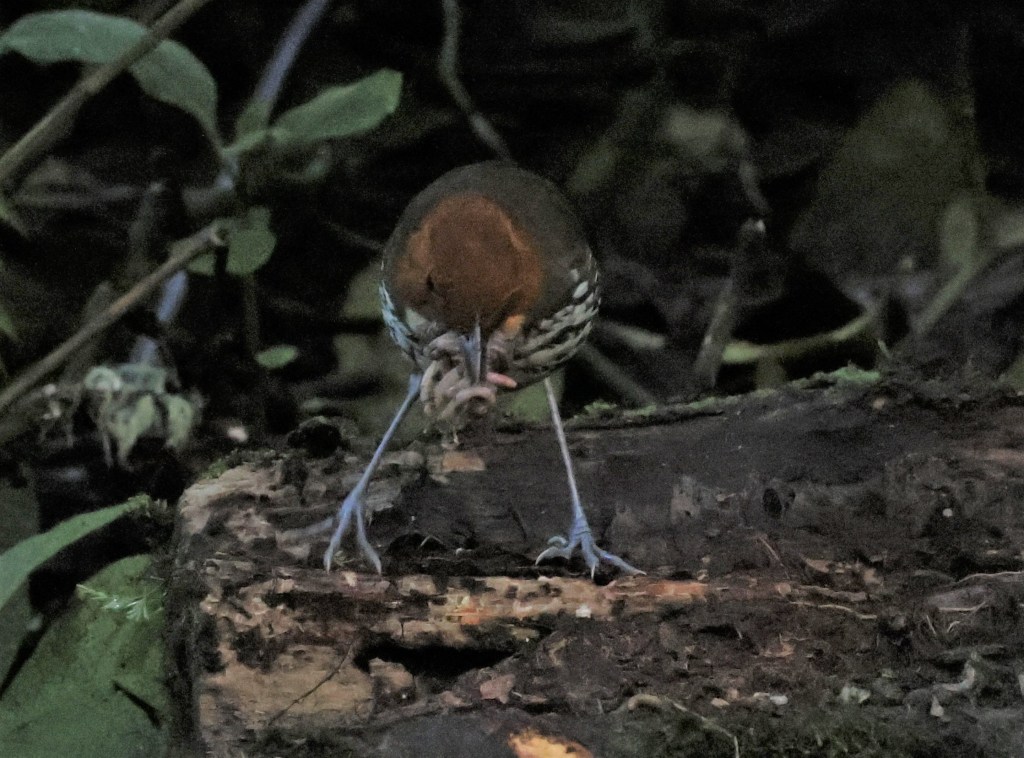
There was one last matter to attend to at Guango. This had not been a trip with visits to craft centers or galleries. Cindy and I are trying to bring back something hand made from each of our trips to have in our home to remind us of our travel experiences. There was a needlepoint wall hanging at the lodge with Turquoise Jays that we admired and learned that there was one more available for purchase. It took a little while to arrange the sale with a credit card and then we were able to find room in our luggage to bring it back safely. It now hangs in our living room.

That morning we had seen 30 species. Five were new for Ecuador with only the Rufous Spinetail new for my world list. There would be more ahead as we headed to Papallacta and the Cayambe Coca National Park. We retraced some of the road we had travelled the previous day and headed up towards Papallacta Pass with a couple of stops along the way walking along the road and looking for birds which were not plentiful. I was happy to hear familiar words from our guide Jorge Luna: “Come here quick.” That always signaled a new bird which in this case was a Bar Bellied Woodpecker. New for the trip and a Lifer, it was not real close and at first was hard to find, as it is a small green woodpecker and was buried in the green foliage but it was in good light and it was a male with a red cap which helped once I found the general location.


Jorge and I were both very disappointed when we found a Powerful Woodpecker in tall trees across a ravine and very distant. It was a scope view only – an easy ID with its large size, red crest and especially the cinnamon belly, but not a photo op as it worked its way up the tree and then flew off. There were many missed photos on our trip but I think missing this one ranks in the top ten. It was reminiscent of the same kind of view and experience earlier with the Beautiful Jay. You lose some and you win some as pretty soon after missing the woodpecker, Jorge picked out a small hummer on top of a bush downhill from the road. It flew off but fortunately returned to the same branch long enough for a single quick photo. It was a Viridian Metaltail, a small and plain hummingbird which is described as being found near treeline in the high Andes – exactly where we were. It was on my target list but without expectation of a decent photo.

Papallacta Pass is over 13,000 feet elevation. As we neared the top, we felt it getting colder and were glad we still had our light down jackets. Throughout the drive all eyes scanned the hills looking for Spectacled Bears. Signs along the road said to beware of bear crossings – we need not have worried as there were none either close nor far – somewhat of a disappointment. I had seen one fairly close up in Peru but it was not to be in Ecuador – well unless you count the hat that I bought at the visitor center for the Cayambe Coca National Park which featured a picture of the bear and which was welcomed in the cold when the wind blew.


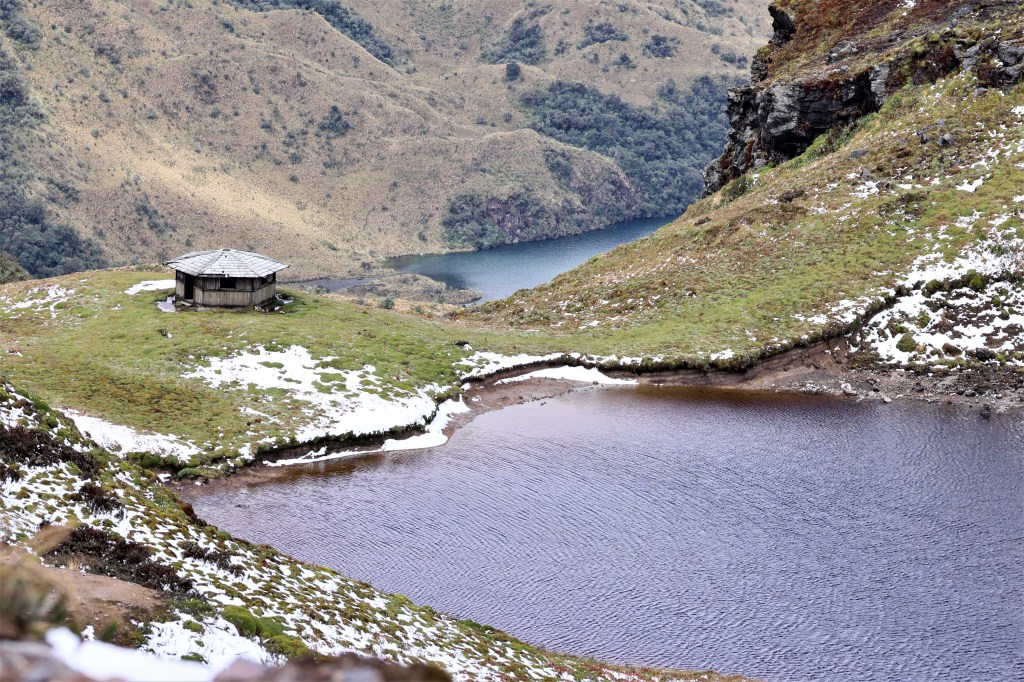



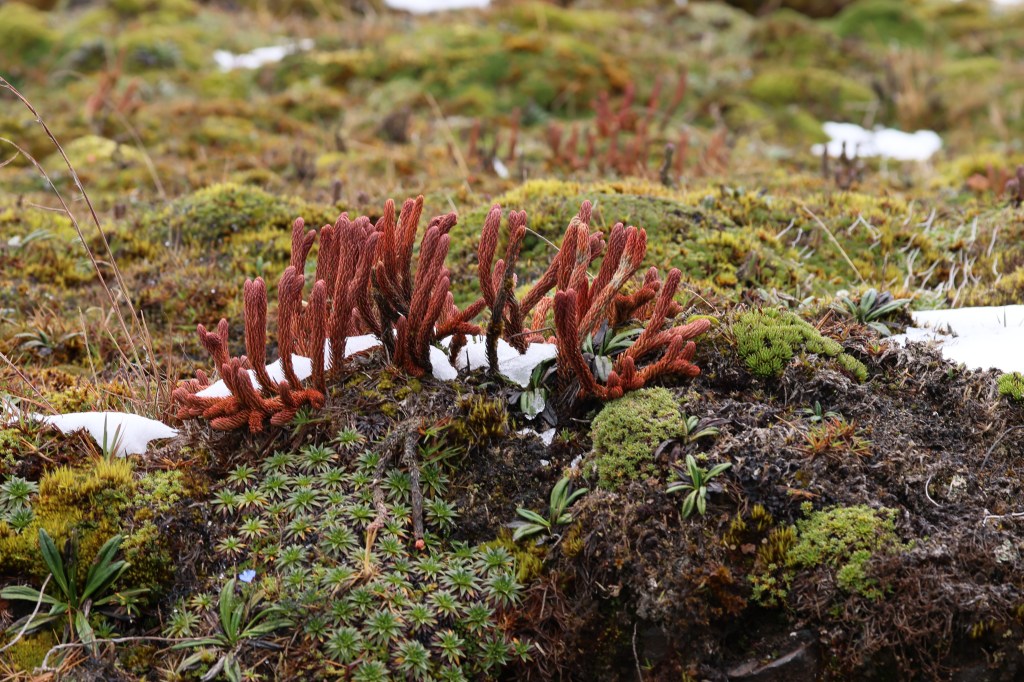

In one of the small lakes we found 13 ducks – all but one were Andean Teal which was a Lifer. The only other one was a Yellow Billed Pintail, a drab duck that was identified only by its pin tail and bright yellow bill – again a lifer. The Pintail was always moving around and buried among the Teal that were on shore and distant. I was able to get a photo of the one Teal in the lake though. On a little island in the lake, there was a single Andean Gull– the third lifer at the lake.


Our goal was to continue higher to the very end of the road and to the highest terrain searching for the real prize for the day – Rufous Bellied Seedsnipe. On the way we found a single Cinerous Conebill – not new for the trip but a much better photo although not an award winner. Seedsnipe are chunky grouse-like birds with beautiful “cryptic” lacey chainmail patterns on their upperparts. They are uncommon and like our Ptarmigan perfectly camouflaged to disappear in the tundra in their hillside habitats. Jorge had been given a heads-up by another guide for a spot where they had been seen. I have heard stories of hours of searching, sometimes unsuccessful, to find this species by other birders. We were fortunate and found a pair within minutes. No haters please… 😉


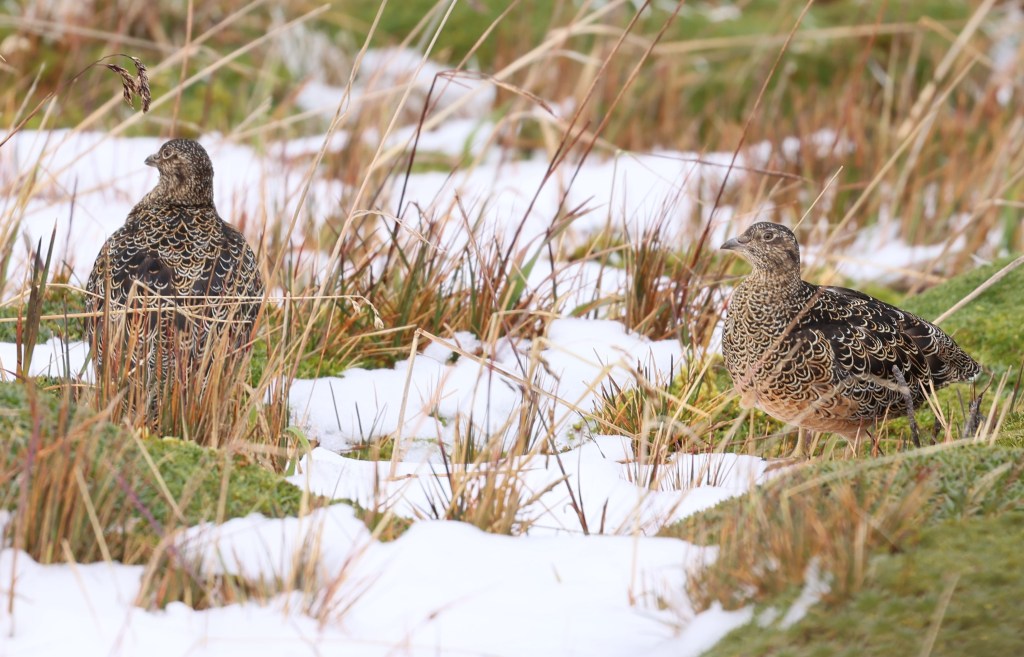

Without question the Seedsnipe was the highlight of the day, but we had several other high elevation specialty species as well – Stout Billed and Chestnut Winged Cinclodes, Andean Tit Spinetail, and Plumbeous Sierra Finch. I had seen the finch in Peru but both Cinclodes were new. I wondered “Just what is a Cinclodes?” Well in case you are wondering, too, after looking it up in The Helm Dictionary, I have the answer – again going back to Greek where kinklos means “waterside” and oides means “resembling”. Helm points out that waterside here somehow is “used in the sense wagtail“. Now that does not exactly make sense to me but apparently the Cinclodes are considered to be “wagtail like”. I was just happy to add them to Ecuador and World list and to get photos.
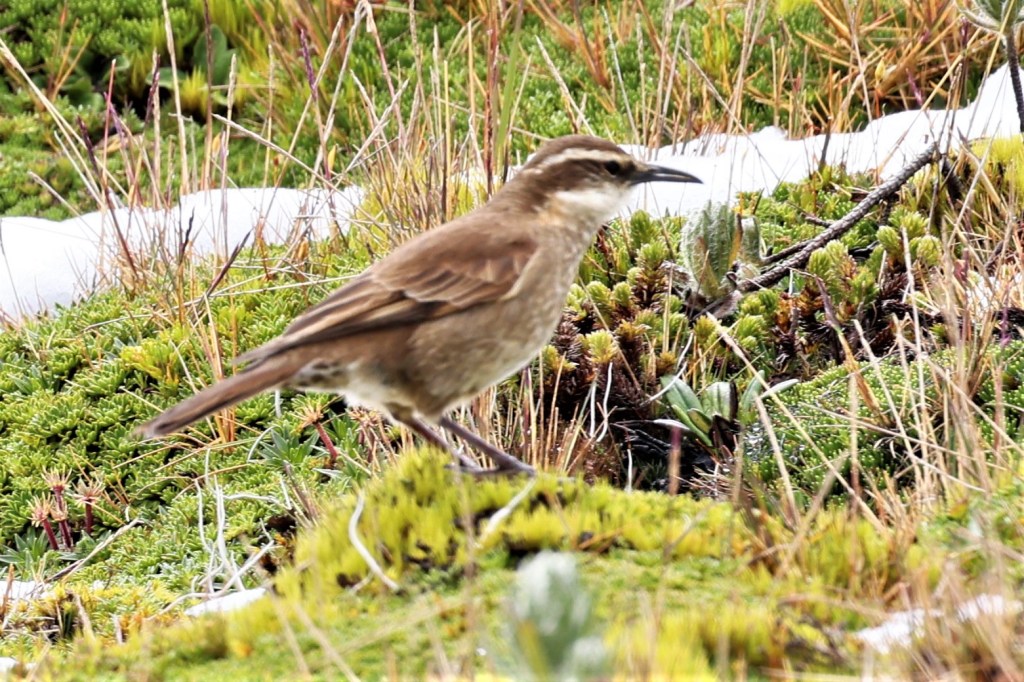
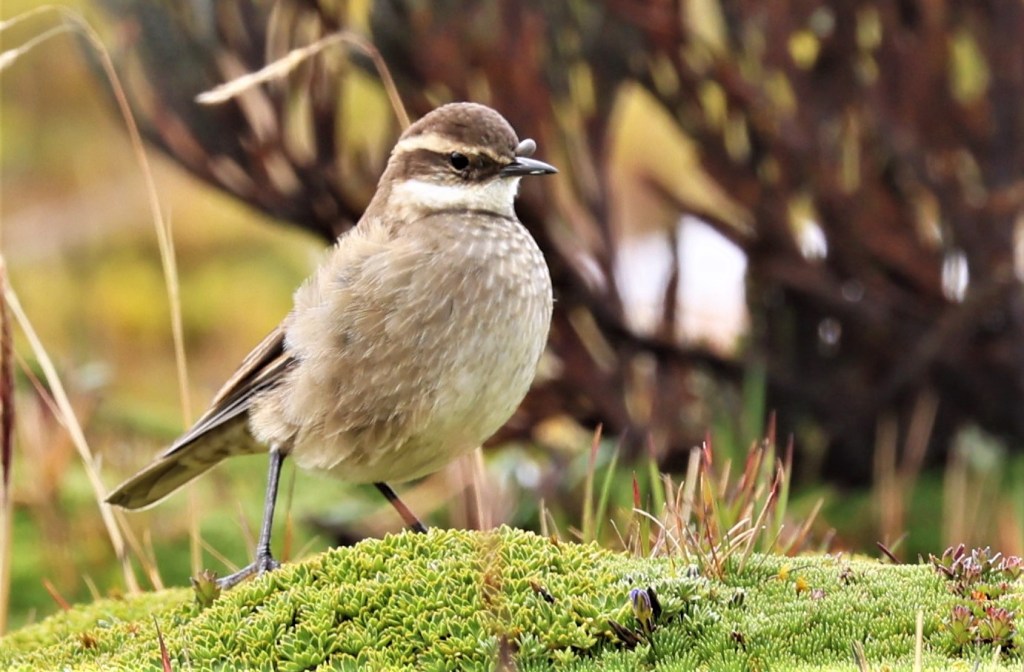

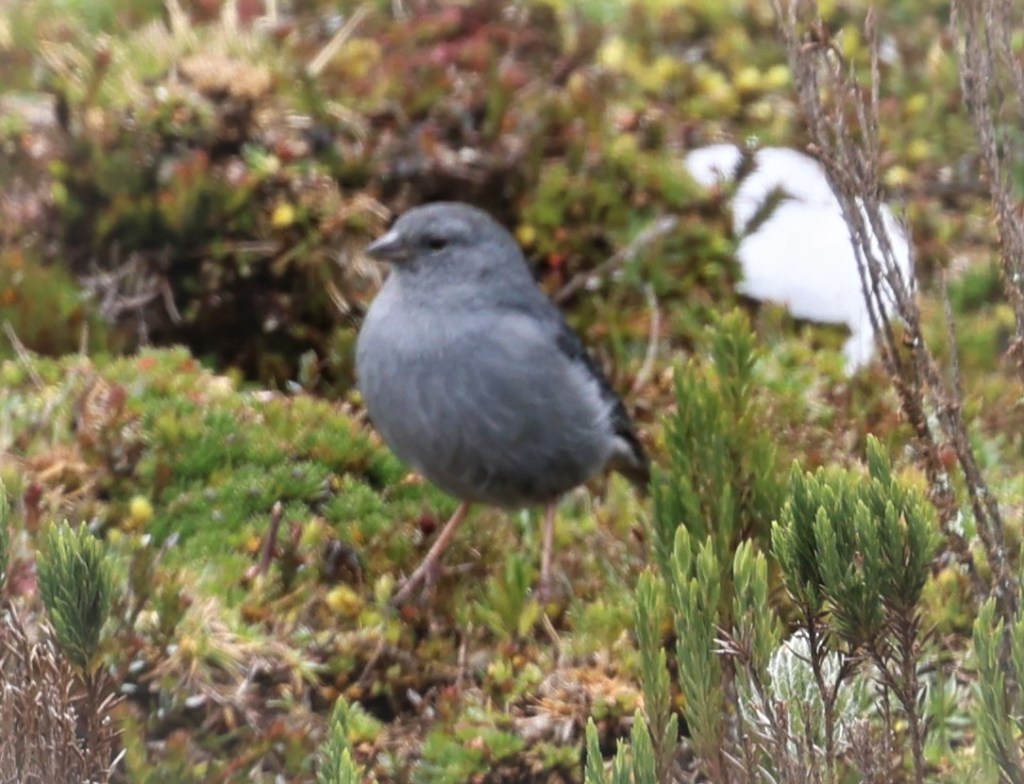
We saw only a few more species. I am leaving one – the Carunculated Caracara – for my writeup of the next day. Others were a pair of Variable Hawks and a vary surprising Tawny Antpitta. The former were seen in Peru and the latter was the first Antpitta seen in Ecuador way back on June 16th which seemed like a long time ago.


Not unlike in Washington, species in the high mountains were relatively few and far between, but highly prized. We had 17 species in the mountains of which 12 were new for Ecuador and 10 were World Lifers. For the whole day the totals were 47 species with 18 new species for Ecuador and13 World Lifers.
